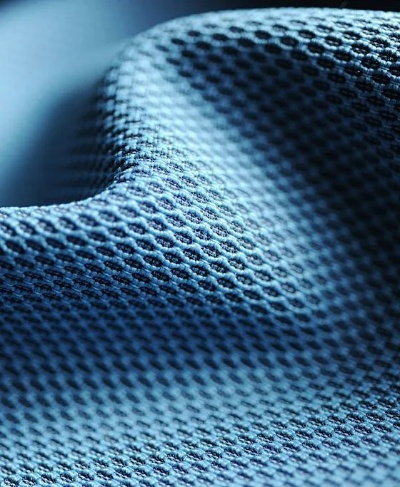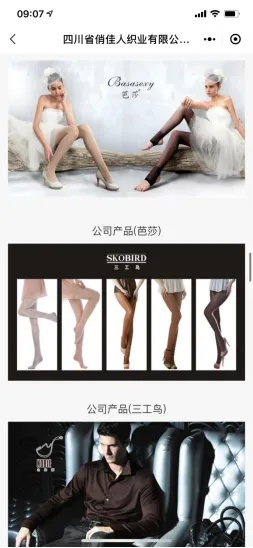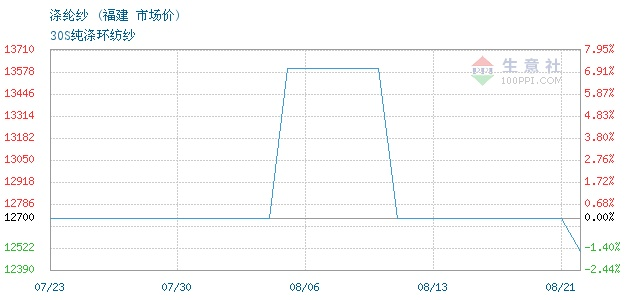Innovative Textile Design Solutions for the Future
The future of textile design is poised for significant innovation, as designers explore new techniques and materials to create more sustainable, functional, and visually impactful garments. With advancements in technology such as 3D printing, laser cutting, and biodegradable fibers, the possibilities for creating custom, one-of-a-kind textiles are endless. Additionally, incorporating digital printing and color gradients can add a sense of depth and dimensionality to designs. As demand for eco-friendly, ethically produced textiles grows, designers must consider how their designs can be both stylish and socially responsible. Ultimately, the future of textile design lies in harnessing creativity, collaboration, and technological advancements to create designs that not only meet our aesthetic needs but also contribute to a more sustainable future.
I. Introduction Textile design has always been a vital aspect of fashion and culture, with each new design bringing about a fresh perspective on what is possible. In today's fast-paced world, where sustainability is at the forefront of many industries, textile designers must find innovative ways to combine functionality with eco-friendliness. This presentation will explore various strategies for designing sustainable, high-quality textiles while staying true to their artistic vision. We will also examine how these designs can be implemented into practical products that benefit both the environment and consumers.
II. Traditional Textile Design Strategies
-
Embroidery and Knitting: These techniques offer a richness in texture and detail that cannot be replicated by digital printing or other methods. Embroidered textiles, for instance, have been used for centuries, with intricate patterns and designs reflecting cultural significance. Similarly, knitted fabrics are known for their soft hand feel and ability to mold to the wearer's body.

-
Weaving: The art of weaving involves interlacing threads to create intricate patterns and designs. It is one of the oldest forms of textile production, dating back to the Neolithic era. Today, modern weavers use advanced techniques to produce high-quality yarn and intricate patterns that showcase their creativity.
III. Modern Textile Technology and Innovations
-
Printed Textiles: Digital printing technology offers a wide range of possibilities for creating unique, visually stunning textiles. It allows for high-volume production, reducing waste, and enabling designers to experiment with different colors, textures, and patterns without compromising the quality of the final product.
-
Biodegradable Materials: As awareness of the impact of our consumption grows, biodegradable textiles are becoming increasingly popular. These materials, such as organic cotton and bamboo pulp, are designed to decompose naturally when disposed of, reducing pollution.
-
Thread-based Eco-friendly Products: Another innovative approach involves using plant-based fibers like hemp or Tencel in place of traditional petrochemical-based synthetic materials. These natural fibers are not only eco-friendly but also have a softer hand feel and better insulating properties.
IV. Case Studies
-
Nikki Hilton's "Eco-Chic": Designers like Nikki Hilton have taken the concept of sustainable fashion to the next level. Their line features clothing made from recycled materials, including repurposed denim jackets and vintage tees, all packaged with an eco-conscious aesthetic.
-
Patagonia's "Fleece" Collection: This outdoor gear brand uses wool and alpaca fiber in their clothing, which is sourced from sustainable farms and processed in an environmentally friendly way. Patagonia's commitment to fair trade and ethical sourcing makes its clothing a favorite among consumers seeking both style and sustainability.
V. Future Trends and Opportunities
As technology continues to advance, we can expect even more sophisticated textile design solutions that integrate sustainability and innovation in equal measure. For instance, the development of 3D printing technology could enable designers to create complex patterns and designs that would otherwise be impossible to achieve through traditional methods. Additionally, the use of smart fabrics could make clothing more comfortable and functional, while still being recyclable and environmentally friendly.
VI. Closing Remarks and Questions
In conclusion, textile design remains a dynamic field that demands creativity, innovation, and a commitment to sustainability. By exploring traditional techniques alongside cutting-edge technology and incorporating eco-friendly principles, designers can create textiles that not only look beautiful but also benefit the planet they live on. As we move forward, let us continue to push boundaries and innovate, ensuring that the future of textiles is both beautiful and sustainable.

随着人们对生活品质的追求不断提高,纺织品作为日常生活中不可或缺的一部分,其设计理念和工艺也在不断更新,本设计方案旨在为编织纺织品提供一套全面、创新的解决方案,本方案将结合市场趋势、用户需求以及工艺特点,通过精心设计的表格和案例分析,为纺织品的编织提供一套全面、系统的设计方案。
市场分析
-
市场需求 随着环保意识的提高和消费者对舒适度、美观度需求的提升,纺织品在市场上呈现出多样化、个性化的发展趋势,编织纺织品的设计应更加注重舒适性、美观性和功能性。
-
行业趋势 纺织行业正在向绿色、环保、可持续的方向发展,数字化、智能化等新兴技术的应用也为纺织品的编织提供了更多的可能性。
设计方案
-
材料选择 (1)天然纤维:如棉、麻、丝等,这些材料具有天然环保、吸湿透气、柔软舒适等特点,适合用于编织纺织品。 (2)合成纤维:如涤纶、尼龙等,这些材料具有高强度、耐久性好、易加工等特点,适用于各种不同用途的纺织品。
-
设计理念 (1)舒适性:编织纺织品应注重舒适性,采用柔软、透气、吸湿的材料,满足消费者的需求。 (2)美观性:编织纺织品应注重美观性,采用多种色彩搭配,满足消费者的审美需求。 (3)功能性:编织纺织品应注重功能性,结合人体工程学原理,满足消费者的实际需求。
-
设计流程 (1)市场调研:了解消费者需求和市场趋势,确定编织纺织品的设计方向。 (2)材料选择:根据市场调研结果,选择合适的材料进行编织。 (3)结构设计:根据设计理念和材料特点,设计出合理的结构。 (4)工艺制作:采用先进的工艺制作技术,确保编织工艺的稳定性和可靠性。 (5)成品检测:对成品进行严格检测,确保产品质量符合要求。
案例分析
-
绿色环保编织面料 (1)材料选择:选用天然纤维如棉麻等环保材料,结合数字化技术进行编织。 (2)结构设计:采用环保材料为基础,结合人体工程学原理设计出合理的结构。 (3)工艺制作:采用先进的数字化工艺制作技术,确保编织工艺的稳定性和可靠性。 (4)成品检测:经过严格检测,该面料具有绿色环保的特点,符合市场需求。
-
时尚印花编织布 (1)设计理念:注重美观性,采用多种色彩搭配,满足消费者的审美需求。 (2)材料选择:选用合成纤维如涤纶等具有高强度、耐久性好、易加工等特点的材料。 (3)工艺制作:采用先进的数字化工艺制作技术,同时结合手工编织工艺,确保产品的独特性和个性化。 (4)成品检测:该产品具有时尚感和高品质的特点,深受消费者喜爱。
本设计方案结合市场趋势、用户需求以及工艺特点,为纺织品的编织提供了一套全面、系统的设计方案,通过精心设计的表格和案例分析,可以更好地满足消费者的需求,提高产品的质量和竞争力,本设计方案也为纺织行业的发展提供了新的思路和方向。
Articles related to the knowledge points of this article:
The Story of the佛山市南海区池万绿纺织品批发部
Top 10 Textile Companies Going Public in the Global Market
The Unique Appeal of Xilin Gol League Textile Wholesale Market



